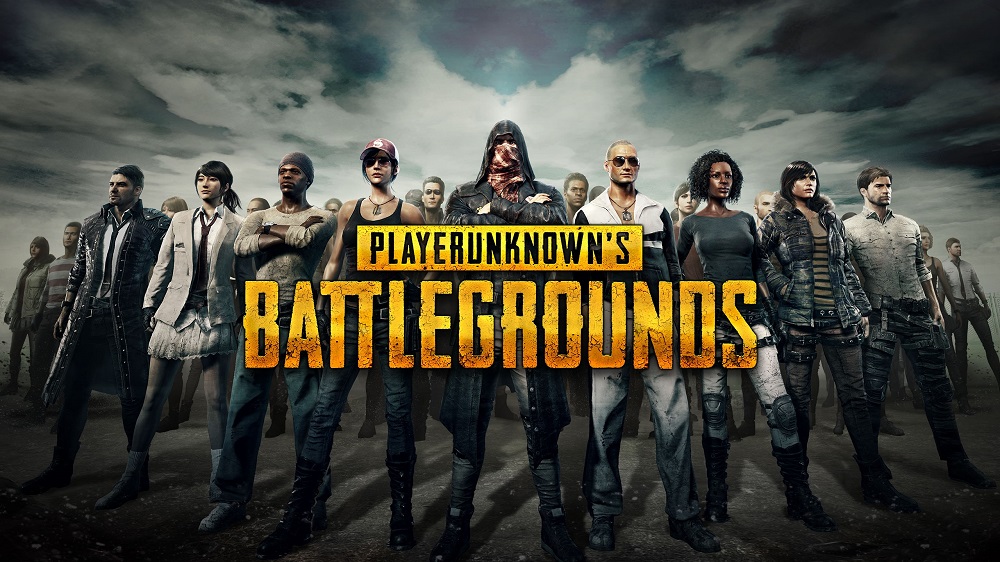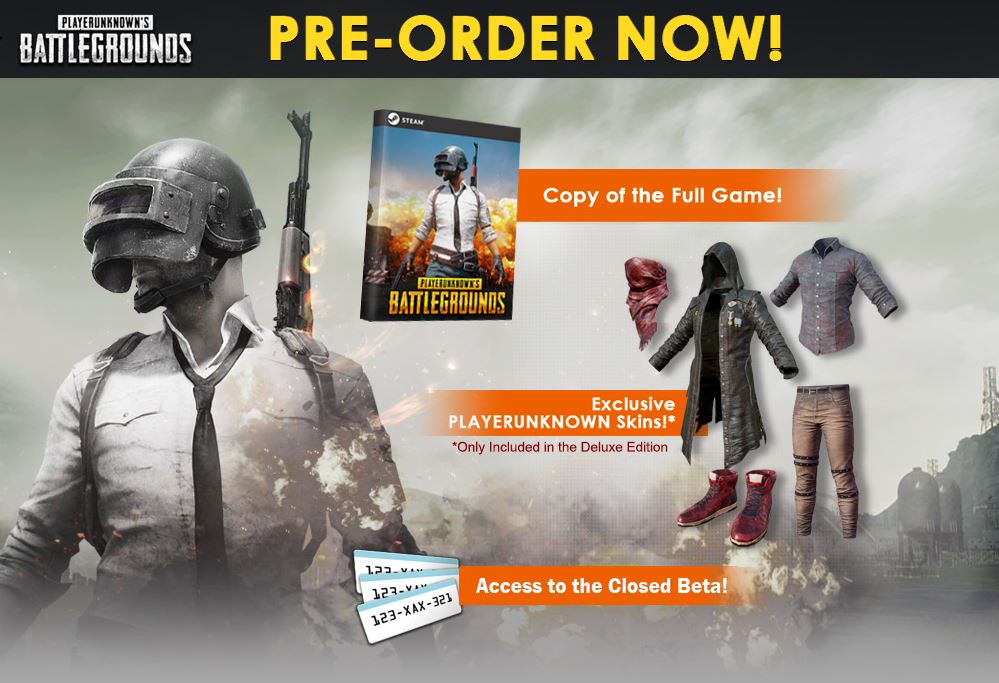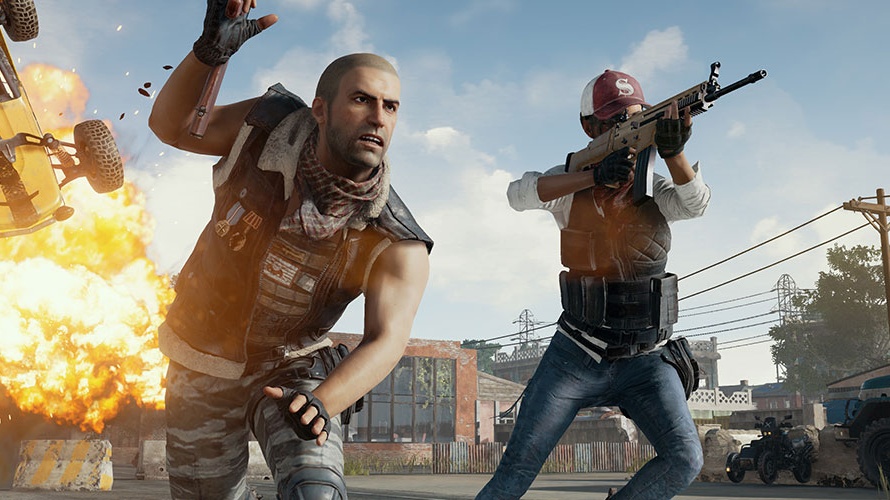Love them or hate them, microtransactions are a modern staple in video games that won’t be going anywhere anytime soon. From tiny indies to massive AAAs, nearly every video game that hits the market has microtransactions in some capacity.
Massive franchises like Call of Duty and Battlefield offer supply crates that give you weapon and player skins. CS:GO’s cult following has kept the game alive and strong, even though it came out nearly five years ago, by purchasing crates for weapon skins. Even Overwatch — beloved for its stance against hiding champions and maps behind a paywall — offers loot boxes in exchange for money, which can net you sprays, emblems, skins, and a variety of other cosmetics.
Grand Theft Auto V, already one of the bestselling games of all time, made over $500 million dollars last year in microtransactions alone, with a nearly 100% profit margin given how simple and cheap it is to make them.
Now, PLAYERUNKNOWN’S BATTLEGROUNDS, the latest in a long line of competitive arena shooters, has joined the microtransaction fray.
Players can now buy, trade, and sell skins they unlock from Pioneer crates which are purchased with in-game currency called Battleground Points (BP). Then, many players turn around and sell the items they don’t want through the Steam Marketplace and third party sites like OPSkins. And some of them are already calling for insanely high price tags — the Trenchcoat, for example, is already going for a whopping $190.39.
But are there consequences to this sort of practice? Certainly — but not necessarily negative ones.
Players Keep Coming Back to PUBG
This sort of miniature economy inevitably leads to players posting their skins for sale, and wanting to get even more skins to better their chances of finding a rare one.
This in turn leads to an increase in hours played for gamers that want to unlock the skins with in-game currency, and crates purchased for real money (when the option goes live) for gamers that are willing to spend it. Both put more money into Bluehole’s pocket, meaning the developer is able to push out updates to support BATTLEGROUNDS, while also working on new projects for the future.
Fortunately, Bluehole has set their BP reward amounts to correlate directly with how well players place in their match. This means players are unlikely to ghost through games only in search of BP, as this would cost them far more time. The most efficient manner to get Pioneer Crates would be to practice and try hard to place highly — or win altogether — and get the maximum round reward. So in a way, the microtransactions in PUBG are actually encouraging players to improve their in-game skills.
There will inevitably be those who play only for the money. But in a title where the main objective is to kill absolutely everyone around you, that’s okay. They don’t need to be a good teammate when anything that moves must die. And if they do make the active decision to play Duos or Squads, then they’ll likely have friends just as serious as they are about winning — because everyone knows games get taken more seriously when actual money is at stake.
With the BP reward setup, players will continue to try their best in-game so they can get better rewards and make more money in the marketplace. Those who don’t want to participate in it at all won’t have to — but should the more casual player happen to find themself in custody of a rare item, then the option to sell it is always there.
In the end, the market is completely optional and every skin in the game is unlockable purely by playing. They’re also purely cosmetic and offer absolutely no advantages whatsoever. So these microtransactions aren’t making PUBG play-to-win, and players with deeper wallets aren’t getting any inherent edge over the rest of the competition. All they’re really doing is encouraging people to keep coming back for more.










Published: May 14, 2017 11:33 pm